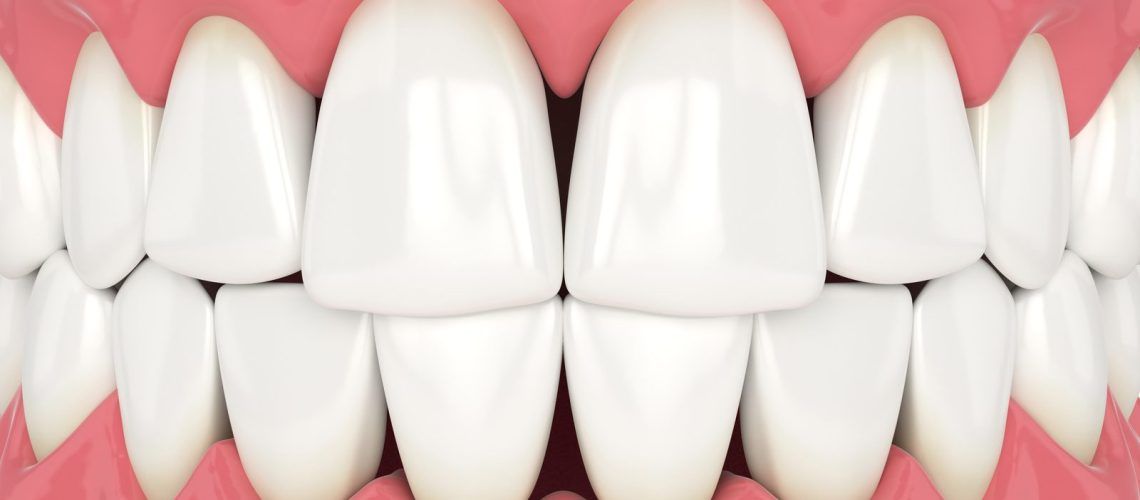Triangles, for all their usefulness, have a strange reputation for being an ill omen. There’s the Bermuda triangle in the ocean deep and the Bridgewater Triangle in Massachusetts. Vermont has the Bennington triangle, and there’s the Dragon’s Triangle in the Pacific Ocean. While these triangles all have the air of superstition around them, there’s one triangle that truly is a piece of bad news. These are dental triangles. They often appear as small black triangles between your teeth, and they can be the source of serious concern.
Understanding Dental Triangles And Why They’re Bad News
Dental triangles, also known as black triangles, are known to appear in over half of those more than 20 years of age. Studies done by the British Journal of Applied Science & Technology have revealed black triangles to be a relatively common condition. In spite of the frequency with which they’re seen, there can be oral health concerns if they are left unaddressed. Black triangles are known to be the result of multiple underlying causes. Poor oral hygiene practices can play a role, but so can natural dental anatomy. The most common reasons these triangles, also known as embrasures, form include:
- Natural aging
- Recession of the gums, especially as part of gum disease
- Dental roots that diverge after orthodontic treatment
- Spaces between the teeth
- A dental crown or restoration with an abnormal shape
Gum disease is one of the primary causes of this condition. Understanding the foundations on which gum disease can form can help you avoid developing black triangles. The most common factors that contribute to the advance of gum disease, according to the American Dental Association, are as follows:
- Poor oral hygiene practices
- Genetics
- Teeth that are difficult to clean, such as crooked teeth
- Tobacco use
- Pregnancy
- Diabetes
- Certain medications
There is more to worry about with black triangles than mere aesthetics. Plaque and food particles can more easily build up in the gap in your teeth. As plaque accumulates, oral health problems, such as cavities, can develop. Left untreated, long enough, tooth loss and abscesses can begin to be issues. If you have these spaces forming between your teeth, speak to your dental health professional.
Options For Treating Dental Black Triangles
Treating black triangles may require the assistance of multiple fields of expertise. Those involved in treating your condition can include oral surgeons, orthodontists, endodontists, and more. Periodontists are commonly involved with the process at multiple points.
Managing dental black triangles can include:
- Surgery: Multiple surgical options exist for treating dental black triangles.
- Tissue engineering: Restorative cells are injected into the tissue to help it regrow.
- Tissue volumizing: Hyaluronic acid is injected into the gingival tissue to help fill the gaps.
- Reshaping or restoration: Adjusting the contours of the teeth through bonding or fabrication.
These are just some of the surgical options that your dentist may suggest in the development of your treatment plan. Each of them has its own pros and cons and may or may not be appropriate for your case. A consultation with your dental practitioner will help set you on the path to preserving good oral health.



